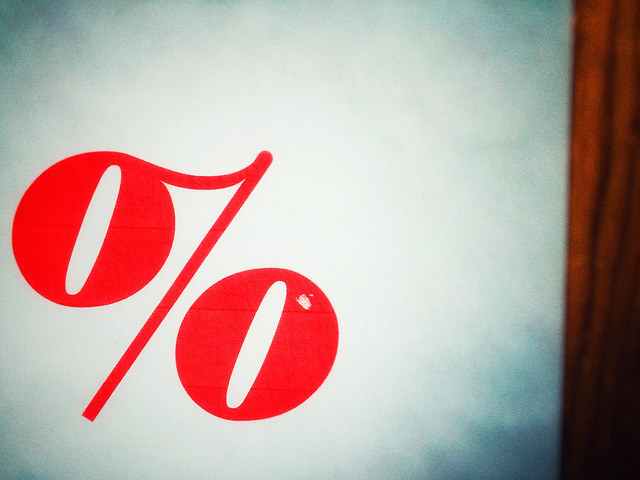Average mortgage rates moved higher last week, according to the Mortgage Bankers Association. Its Weekly Applications Survey found rates up for 30-year fixed-rate loans with both conforming and jumbo balances, loans backed by the Federal Housing Administration, 15-year fixed-rate loans, and 5/1 ARMs. The increases contributed to a 2.3 percent drop in mortgage application demand for both refinance and purchase loans. Joel Kan, MBA’s vice president and deputy chief economist, says rates are now at the highest level so far this year. “Application activity was weaker last week, as mortgage rates moved higher across the board,†Kan said. “The 30-year fixed mortgage rate was up to … the highest rate since early December 2023.†The MBA’s weekly survey has been conducted since 1990 and covers 75 percent of all retail residential mortgage applications. (source)













